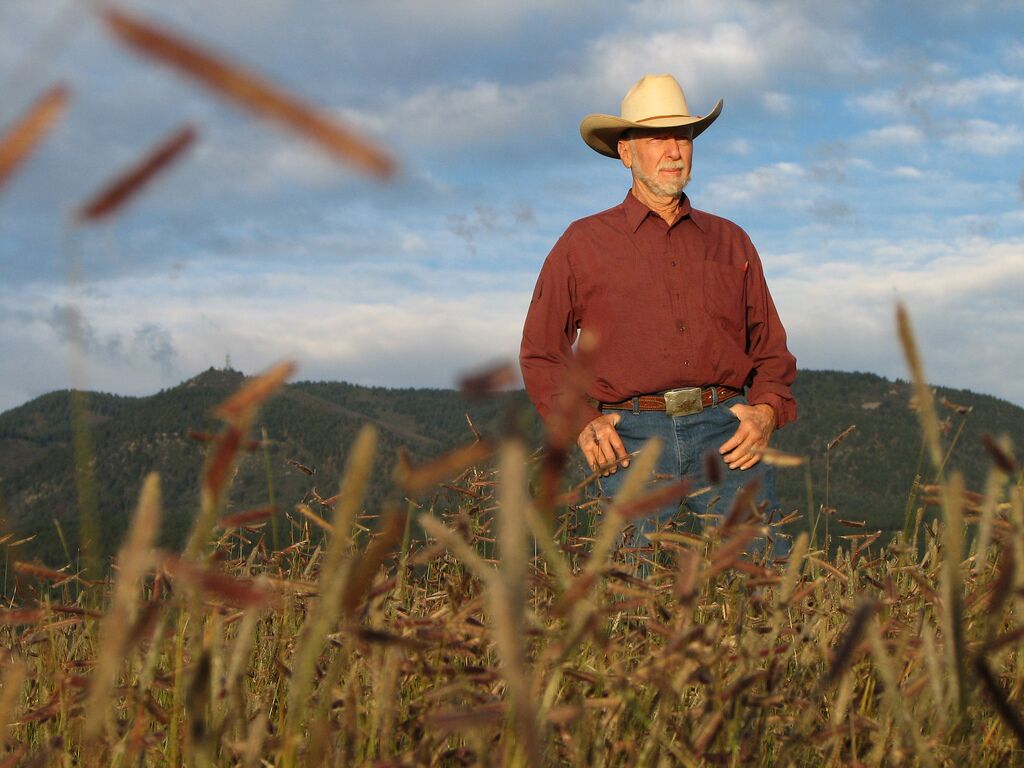A conservation easement is a voluntary legal agreement on the part of a private landowner which contains permanent restrictions on the use or development of the land to protect certain conservation values on their property. Easements exist in perpetuity and it is NMLC’s role as the land trust to ensure that the conservation values of the protected lands are preserved into the future. The conservation easement is recorded as part of the deed and binds all current and future owners of the land.
If you think of private property rights as a bundle of sticks, conservation easements provide a way to fulfill your intentions to protect your land by donating one of the sticks – such as the right to subdivide and commercially develop. Then you, the landowner, receive some tax benefits for your donation. NMLC then “holds” the conservation easement but does not own the property or get involved in day-to-day management.
A conservation easement:
- Does not allow the public to access your land (unless you want to allow access).
- Does not prevent you from mortgaging, leasing, selling, or passing on your land, subject to the restrictions of the conservation easement.
- Does not have to cover your entire Property. Easements can be phased in over time, or specific sections of the ranch can be protected. Plus, through the establishment of building or agricultural envelopes, the landowner can plan for future development needs within the easement(s). This is especially helpful when passing on the ranch to your children.

Remember: A conservation easement is a mutual agreement between landowner and land trust, so it must be aligned with your vision. That said, there are several financial incentives including tax deductions and credits that can help in the decision-making.
